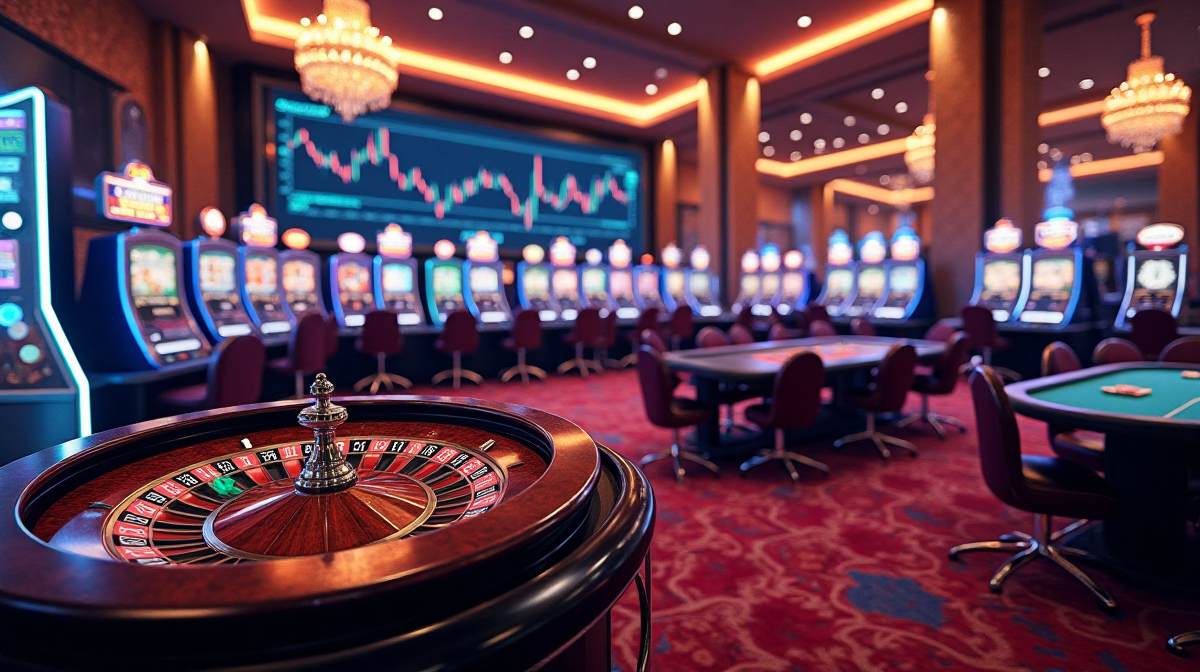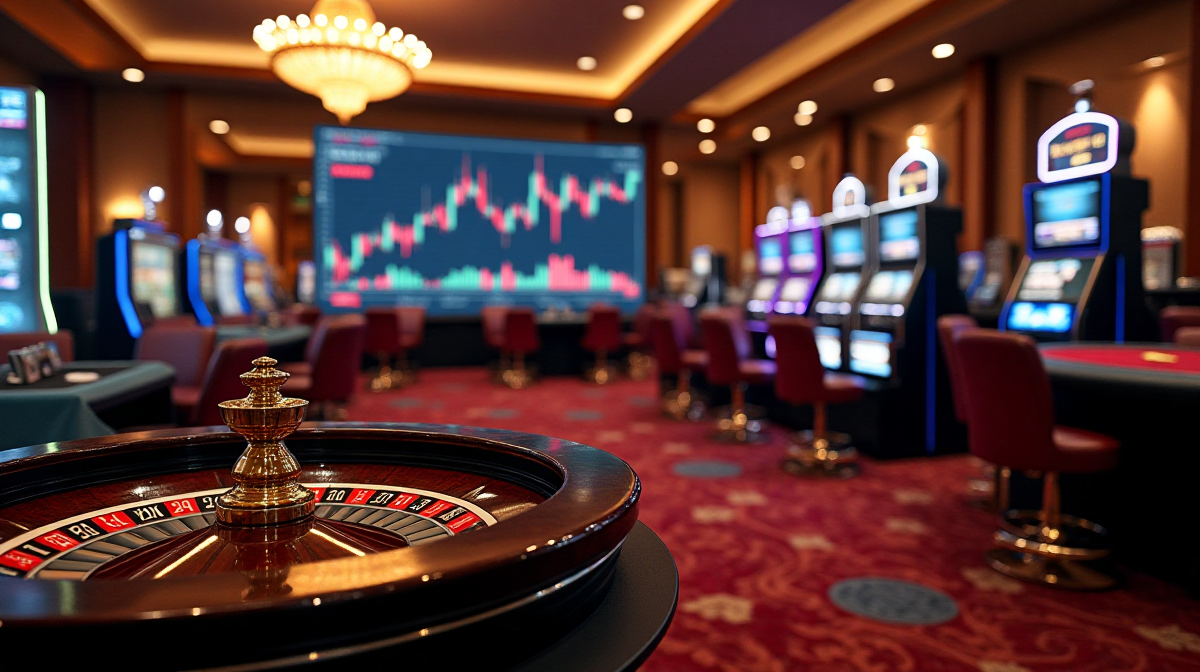Sporty 808: The Ultimate Sound for Athletes?
Beyond Motivation: How Audio Impacts Athleticism
For decades, athletes have leveraged music to enhance training and competition. But the impact extends far beyond simple motivation. Sound, and specifically the frequencies and rhythms within music, can profoundly affect physiological and psychological states, influencing everything from perceived exertion to reaction time. The connection is complex, involving neurochemical responses, synchronization of movement, and even the modulation of focus. Understanding these mechanisms is key to unlocking the true potential of audio in athletic performance. The world of sporty pursuits is constantly evolving, and audio is emerging as a surprising, yet powerful, tool.
Introducing the “Sporty 808” – What is it?
The “Sporty 808” refers to the utilization of the distinctive sound of the Roland TR-808 Rhythm Composer, a drum machine released in 1980, within athletic training and performance contexts. While not a single track or artist, it’s a sonic aesthetic characterized by its deep, resonant bass drum and percussive elements. This isn't just about listening to music; it's about intentionally incorporating this specific sound profile into workouts. Many are also turning to sporty betting sites to add another layer of excitement to their favorite sports, but the focus here is on the sound itself.
The Core Question: Can a specific sound enhance athletic performance?
This article explores whether the unique characteristics of the 808 sound can genuinely enhance athletic capabilities. We’ll delve into the science behind sound and performance, examining how the 808’s specific frequencies and rhythms might impact motivation, focus, endurance, and overall athletic output.
Understanding the 808 Sound & its Characteristics
The History of the Roland TR-808 Drum Machine
Initially a commercial failure, the Roland TR-808 was revolutionary. Unlike previous drum machines that attempted to mimic acoustic drums, the 808 created entirely synthetic sounds. Its affordability and programmability quickly made it a favorite among early hip-hop, electronic, and pop musicians. Its unique sonic signature, particularly the bass drum, became synonymous with these genres.
Deconstructing the 808 Bass: Frequency, Rhythm, & Impact
The 808 bass isn’t just loud; it’s defined by its sub-bass frequencies – sounds below 60Hz that are felt as much as they are heard. This low-frequency content triggers a visceral response, stimulating the sympathetic nervous system and potentially influencing perception and motivation. The rhythmic patterns created with the 808 are often simple yet powerfully driving, providing a steady pulse that can synchronize with movement. This is a key element in understanding its appeal for sporty 808 enthusiasts.
Why the 808 is Popular in High-Energy Music - Relevance to Athletics
Hip-hop and electronic music, genres heavily reliant on the 808, are characterized by their high energy and driving beats. This aligns perfectly with the demands of many athletic activities. The rhythmic intensity and motivational quality of these genres contribute to a heightened state of arousal, preparing the body for physical exertion.
The Science Behind Sound & Performance – Exploring User Intent
Sound & Dopamine: The Neurochemical Link to Motivation
Music, especially music with a strong beat, triggers the release of dopamine, a neurotransmitter associated with pleasure and reward. This dopamine surge enhances motivation and encourages continued effort, crucial for pushing through challenging workouts.
Beat Synchronization & Movement Efficiency: How music impacts gait & rhythm.
The human body naturally synchronizes with external rhythms. Music with a consistent beat can optimize gait and movement efficiency, reducing energy expenditure and improving performance. This is particularly noticeable in activities like running, where matching cadence to the music’s tempo can lead to a more fluid and sustainable stride.
The Impact of Bass on Perceived Exertion
Studies suggest that low-frequency sounds, like those found in 808 bass, can reduce perceived exertion during endurance activities. The vibrations may mask feelings of fatigue, allowing athletes to push themselves harder and for longer periods.
Sound & Focus: Utilizing specific frequencies to block distractions
Certain frequencies can help block out distracting ambient sounds, creating a more focused environment. Binaural beats and isochronic tones, often incorporated into 808-based tracks, can further enhance concentration by inducing specific brainwave patterns.
Heart Rate Variability & Rhythm Response
Music can influence heart rate variability (HRV), a measure of the variation in time between heartbeats. Specifically, upbeat music can increase HRV, indicating a greater capacity to adapt to stress and recover. Matching music tempo to workout intensity can optimize this response.
Sporty 808 Specifically: Analyzing its Potential Benefits for Athletes
Tempo & BPM: Ideal Ranges for Different Sports & Activities
The ideal tempo (beats per minute or BPM) varies depending on the activity. Running typically benefits from BPMs between 120-140, while weightlifting may be more effective with slower, heavier beats around 80-100 BPM. The 808’s versatility allows it to be incorporated into tracks across a wide range of tempos. Fans following the premier league today result often listen to upbeat tracks while analyzing games.
The “Flow State” & the Role of the 808 Bassline
The “flow state” – a state of deep immersion and effortless performance – is often characterized by a sense of rhythmic alignment. The 808’s consistent and driving bassline can help induce this state by providing a stable rhythmic foundation.
Sport-Specific Applications:
Running/Cardio
The 808’s driving beat can maintain a consistent pace and improve endurance during running and cardio workouts.
Weightlifting/Strength Training
The powerful bass can provide a motivational boost and enhance focus during heavy lifts.
Team Sports - Impact on timing & reaction.
The rhythmic complexity of 808-based tracks can improve timing and reaction time in team sports.
Yoga & Mindfulness
The deep bass vibrations can provide a grounding sensation, enhancing body awareness and promoting relaxation during yoga and mindfulness practices.

Case Studies & Examples
Athlete Testimonials: Experiences with using 808-based playlists.
While formal studies are limited, anecdotal evidence suggests that many athletes incorporate 808-heavy tracks into their training playlists. Athletes report increased motivation, improved focus, and enhanced endurance.
Coaches & Trainers: Integrating 808 sounds into training regimes.
Some coaches are beginning to experiment with strategically incorporating 808 sounds into training regimes, using specific tempos and rhythms to optimize performance.
Analyzing Popular Workout Playlists – Prevalence of the 808.
A review of popular workout playlists on streaming services reveals a significant prevalence of tracks featuring the 808 sound, indicating its widespread appeal among fitness enthusiasts.

Potential Drawbacks & Considerations
Overstimulation & Fatigue: The risks of excessive bass.
Excessive bass can lead to overstimulation and fatigue, particularly during prolonged exposure. It's crucial to moderate volume levels and take breaks.
Individual Preferences: Sound is subjective – what works for one athlete may not work for another.
Sound preference is highly subjective. What motivates one athlete may be distracting to another.
Headphone Safety & Volume Control: Protecting hearing during workouts.
Listening to music at high volumes can damage hearing. It’s essential to use headphones responsibly and maintain safe volume levels.
Creating Your “Sporty 808” Playlist – Practical Guidance
Curating a Playlist: Tips for selecting 808-heavy tracks.
Focus on tracks with a strong, consistent beat and prominent 808 basslines. Experiment with different tempos to find what works best for your activity.
Recommended Artists & Tracks
Consider artists like Travis Scott, Metro Boomin, RL Grime, and Flume. Explore genres like trap, hip-hop, electronic, and even some pop tracks that feature prominent 808s. Many are checking premier league goal scorers 2023/24 stats while listening to these tracks.
Free Resources & Streaming Services for Athletic Playlists.
Spotify, Apple Music, and YouTube Music offer a vast selection of 808-heavy tracks and pre-made workout playlists.
Conclusion: The Future of Sound & Athletic Performance
The Sporty 808 - Ultimate Sound or Overhyped Trend?
The “Sporty 808” isn’t a magic bullet, but the science suggests that its unique sonic characteristics can offer tangible benefits for athletes. While more research is needed, the potential for enhancing motivation, focus, and endurance is undeniable.
Emerging Technologies: Personalized soundscapes for optimal performance.
Emerging technologies are exploring the use of personalized soundscapes, tailored to an individual’s physiological and psychological state, to optimize athletic performance.
Further Research Needed: Exploring the full potential of sound in sports.
Further research is needed to fully understand the complex relationship between sound and athletic performance, and to develop evidence-based strategies for utilizing audio to enhance training and competition.

